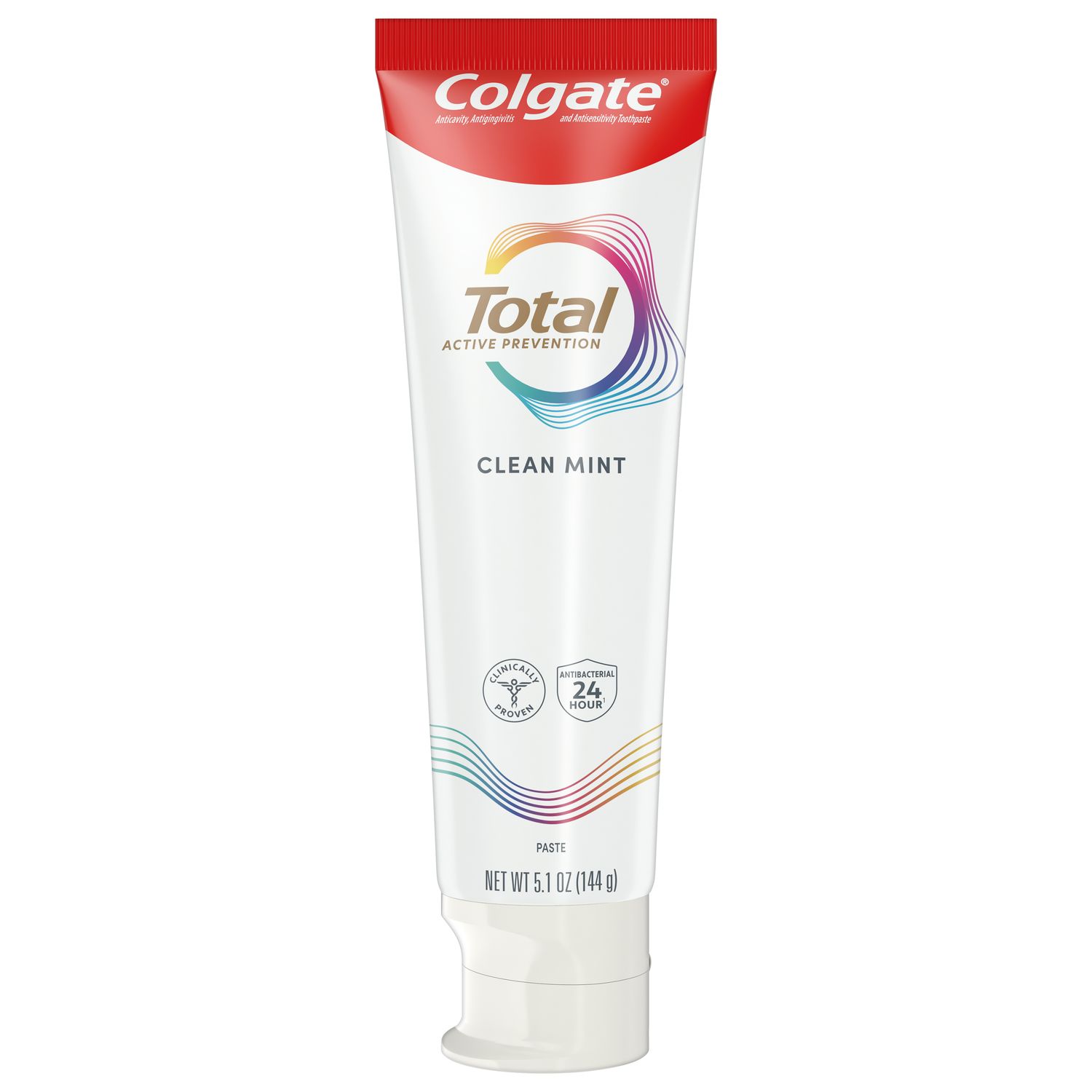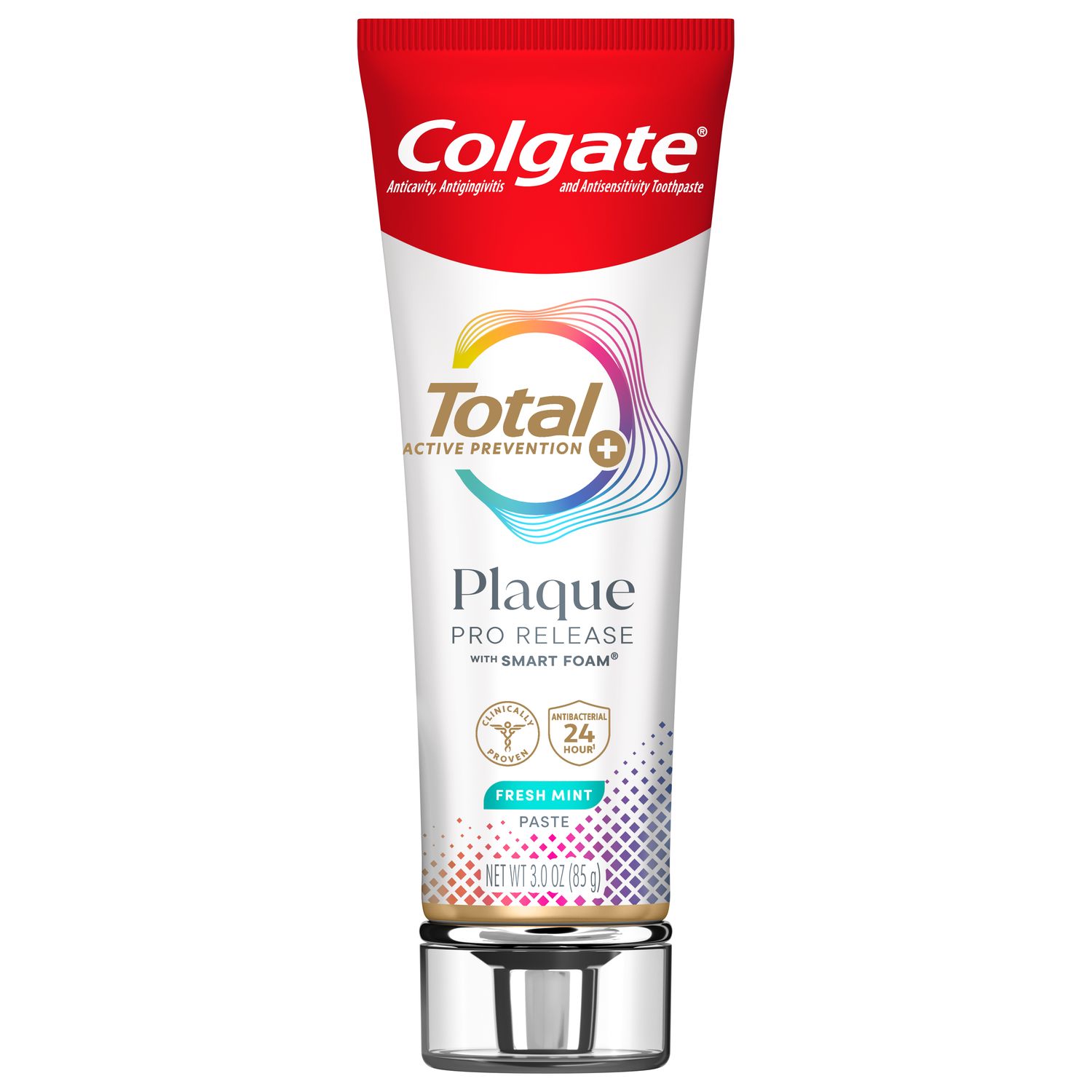
Dental radiographs, when appropriate, are part of thorough dental care. Since there are areas between the teeth and underneath the gumline that cannot be seen with the naked eye or dental loupes, depending on the patient, X-rays can provide you with valuable information related to caries, bone loss and other pathologies. But lately some questions have been raised about the use of X-rays, and here are some quick answers for you and your patients.
Questions About Children and Dental X-rays
Recently, there have been several high-profile articles published that question the taking of annual X-rays. In August 2016, there was an article in The New York Times titled "Do Kids Need Dental X-Rays?" In essence, the article says that there needs to be a compelling reason for exposing children to radiation.
The American Dental Association (ADA) published the ADA Radiographic Guidelines in 2012 to guide dental professionals in making decisions regarding who should receive dental X-rays. The guidelines for children state that some young patients require more frequent radiographs than others. If a child has certain risk factors, such as a history of dental caries, pain, impaction, unexplained bleeding or a suspicion of caries proximally, then radiographs may be appropriate. Depending on the circumstances, and whether the surface is in a primary or permanent tooth, dental caries may spread quickly. Therefore, it may be wise to proceed with an X-ray if there's a suspicion of caries on a proximal surface and you cannot perform a visual exam or assess the surface with a probe.
When discussing the need for dental X-rays with a parent or guardian, it is important to stress the importance of making sure whether or not caries is present. Otherwise, if caries is present but not detected, it may progress rapidly, especially if there is inadequate fluoride exposure and protective factors.
The ADA joined with over 80 other health care organizations to promote an initiative called Image Gently. This initiative promotes the use of "child-size" X-rays.
Questions About Adults and Radiographs
Another recent article in The New York Times, titled "You Probably Don't Need Dental X-Rays Every Year," questions the necessity of annual dental radiographs for adults. The author contends that many offices needlessly expose patients to X-rays simply because their dental insurance will pay for yearly radiographs.
Again, you can look to the ADA Guidelines for guidance on radiographic frequency for adults. According to the guidelines, some adults do not need yearly X-rays. An adult with no increased risk for caries may go from 24 to 36 months between bite-wings. However, there are plenty of risk factors that may necessitate more frequent radiographs, typically bitewings and/or periapicals. Such factors include a high caries index, implants, pain, tooth mobility, etc. In fact, there are 29 total risk factors listed. Recognition of such risk factors gives you a reason to recommend needed radiographs. For example, if your patient has a history of periodontal problems, you should say, "Mr. Smith, given your history of gum and bone problems, we will be taking some necessary X-rays today." Another good phrase to use is, "As the doctor has recommended, I will be taking some necessary X-rays today."
The Verdict
Neglecting to take radiographs when they are clearly indicated is just as wrong as taking unnecessary radiographs. The best care you can give your patient is to assess the need for radiographs based on the patient's risk factors and then decide which type of X-ray is needed and how often the patient should be exposed. You would want no less for yourself if you were the patient.
Takeaways
- You should base the need for radiographs on the patient's individual risk factors and clinical presentation, rather than on blanket mandates such as yearly X-rays for everyone or on insurance benefits.
- Some patients need yearly radiographs, and some do not.
- The best guidance for radiograph frequency is found in the ADA's guidelines and clinical assessment of the patient's needs.
Why It's Important
Appropriate radiographs are an important part of high-quality patient care. You should use your best clinical judgment, and take radiographs when it is appropriate to do so. Not performing appropriate radiographs increases liability risk for the practice, and results in the possibility of missing dental caries or periodontal problems that cannot be seen without dental X-rays.
Join us
Get resources, products and helpful information to give your patients a healthier future.
Join us
Get resources, products and helpful information to give your patients a healthier future.













